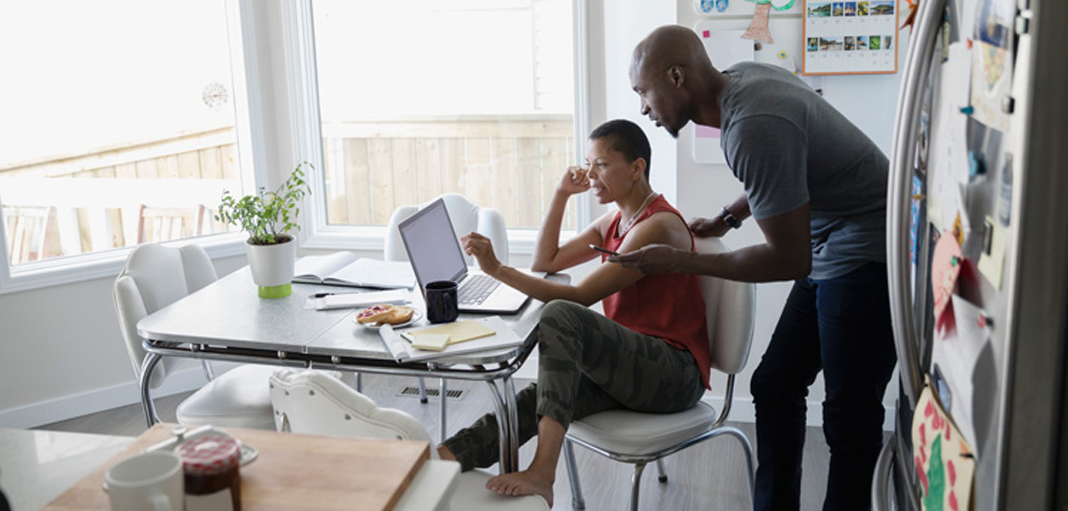Enroll with us in a few easy steps
If you live with rheumatoid arthritis (RA), you know how hard it can be to do everyday things, especially when you have a flare. The good news is that there are technologies to help people with RA track their symptoms and manage some of their everyday tasks. There are easy ways to get things done that don’t put strain off your joints or cause pain. Technology is all around, here are a few ways technology may be able to help you.
Instead of having to go into the clinic or doctor’s office for every visit, technology on your computer or smart phone may let you have your doctor’s appointment by video conference in the comfort of your own home. You can use these devices, too, to keep in contact with your loved ones through social media, text, video chat, email.
It often helps to talk with others who are going through some of what you are going through. There are social media sites and free apps that connect you with support groups. Visit these sites and choose site(s) that you feel most comfortable with.
Symptom trackers can be a very important use of technology. There are apps that help you track what has been going on with you between appointments, usually by asking questions like:
- Which joints hurt and how much they hurt (usually on a scale of 1 to 10)
- How long your pain or stiffness lasts
- What relieves your pain or stiffness
- How often you have to take other pain medications (over-the-counter or prescribed) and how well they work for you
- Your energy level
- How well you are sleeping
- Your nighttime pain
- Your medications
- Any side effects of your medications
- What might have triggered a flare-up
Having a “diary” that keeps track of your symptoms may help you and your healthcare team see how your treatment plan is working and if adjustments should be made.
Smartwatches have technology that lets you call or text people, set reminders, keep track of your activity, and more. Some smartwatches act like medical alert bracelets or necklaces and can contact emergency responders when you fall or need emergency help. Some smartwatches can even tell when you fall.
You can get an internet connection to the appliances in your home and turn them on or off with your phone or your voice.
Many computers have touchscreens, so you don’t have to type. Some computers and phones have talk-to-text apps. You simply talk into the computer or phone and what you say will come out as typed. Some computers have eye trackers that let you control them with eye movements.
Smart voice assistants like Alexa, Echo, and Siri can respond to your voice commands. This can be for anything from setting alarms to making lists to unlocking and opening doors for you. You can ask for reminders at the times you need to take your medications, for example.
Shopping can be done on-line, for example for groceries, and delivery arranged. This may be helpful when it’s hard for you to move around or carry things. Banking and bill paying can also be done online.
It may seem overwhelming. But keeping an open mind may help you find technologies that help you live your daily life more safely and easily and help you be more independent.
This information is not a substitute for medical advice or treatment. Talk to your doctor or health care provider about your medical condition and prior to starting any new treatment. CVS Specialty assumes no liability whatsoever for the information provided or for any diagnosis or treatment made as a result, nor is it responsible for the reliability of the content.
CVS Specialty does not operate all the websites/organizations listed here, nor is it responsible for the availability or reliability of their content. These listings do not imply or constitute an endorsement, sponsorship, or recommendation by CVS Specialty.
Your privacy is important to us. Our employees are trained regarding the appropriate way to handle your private health information.

